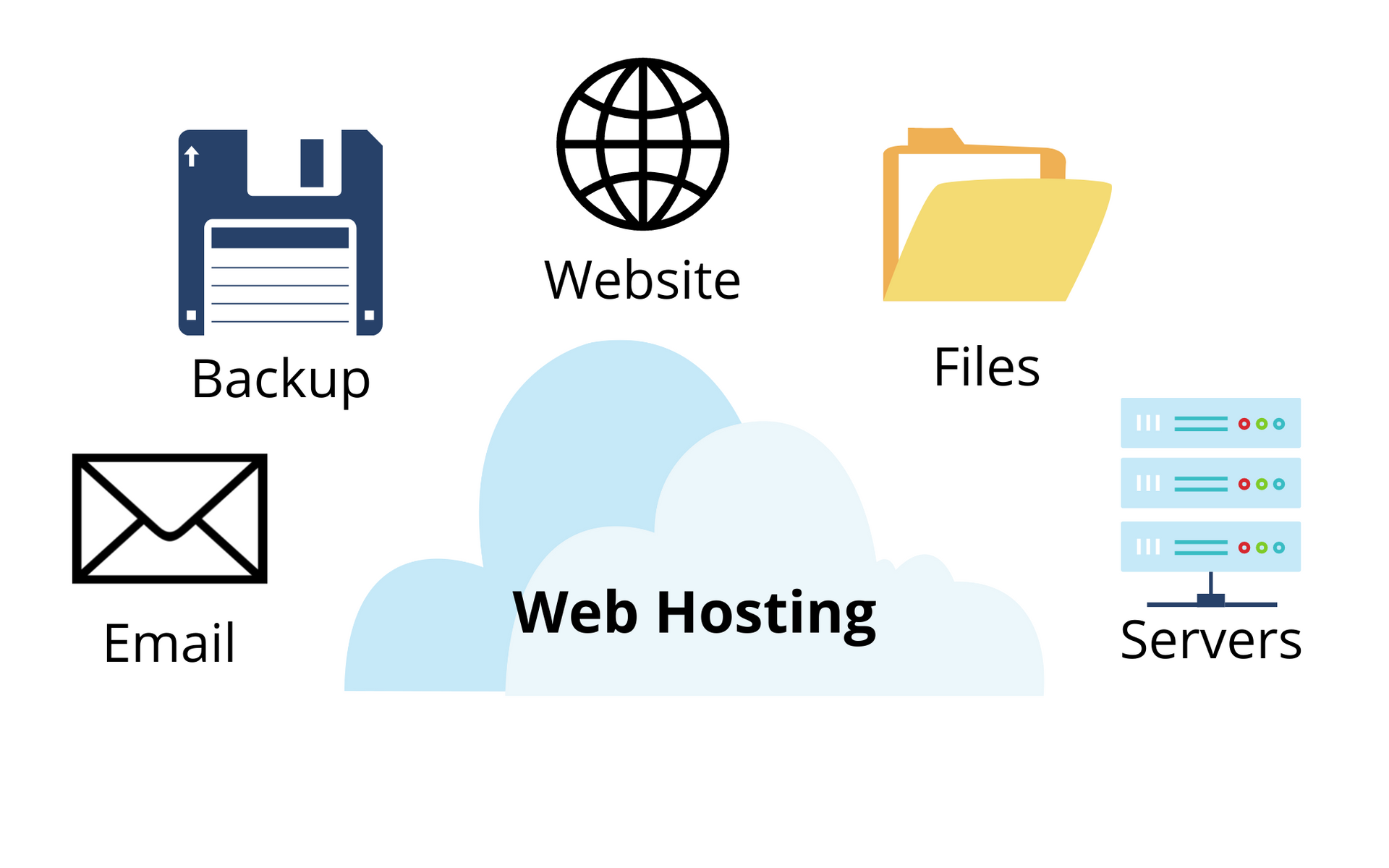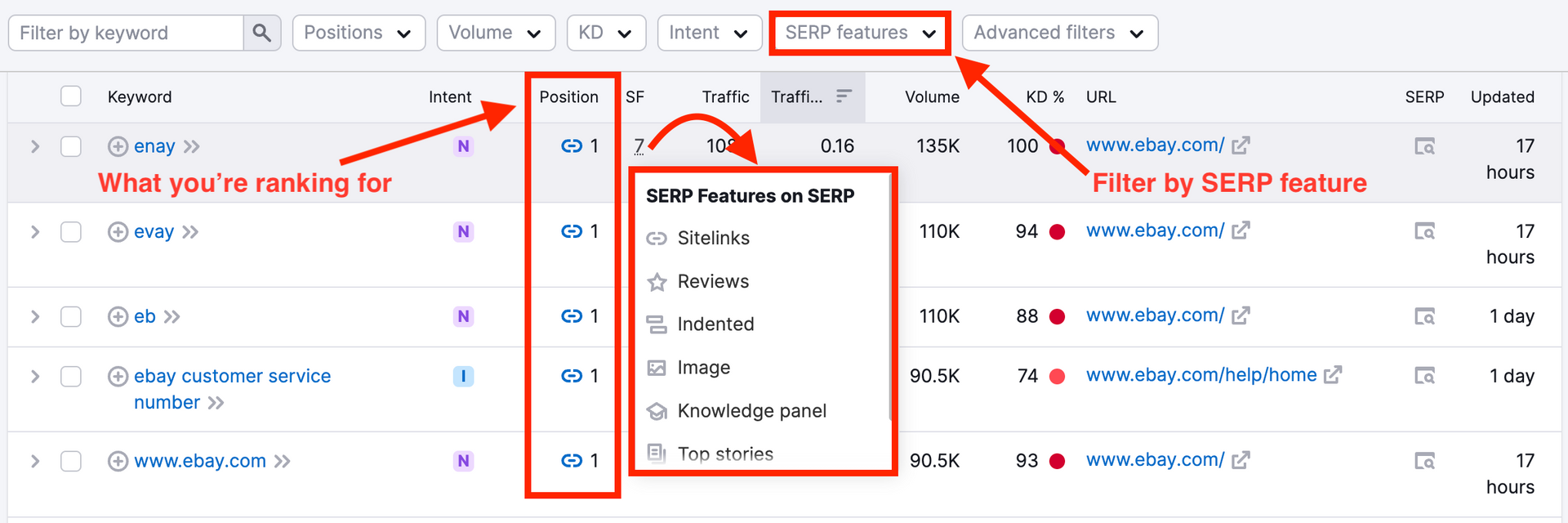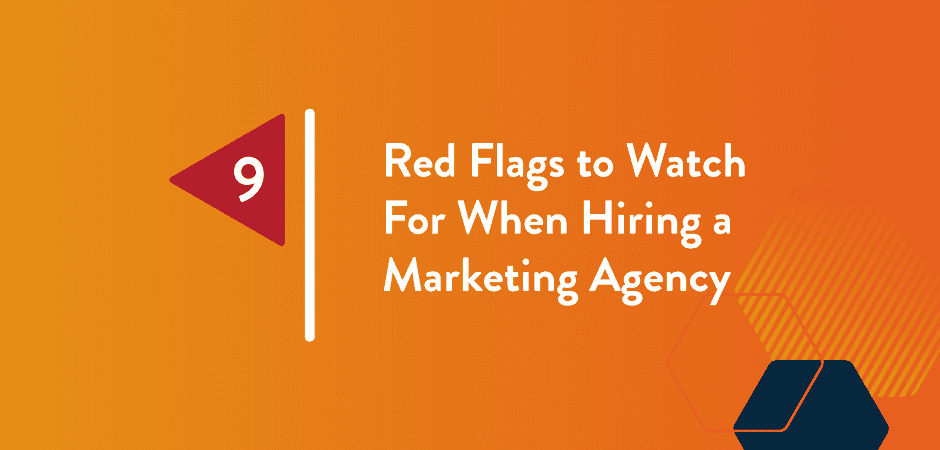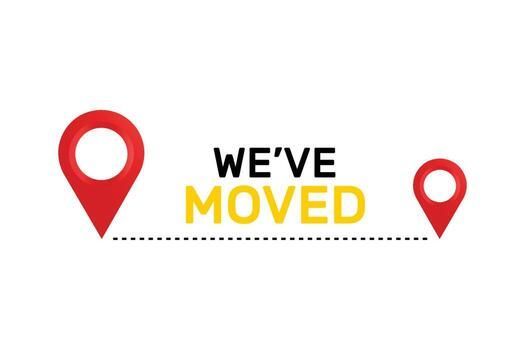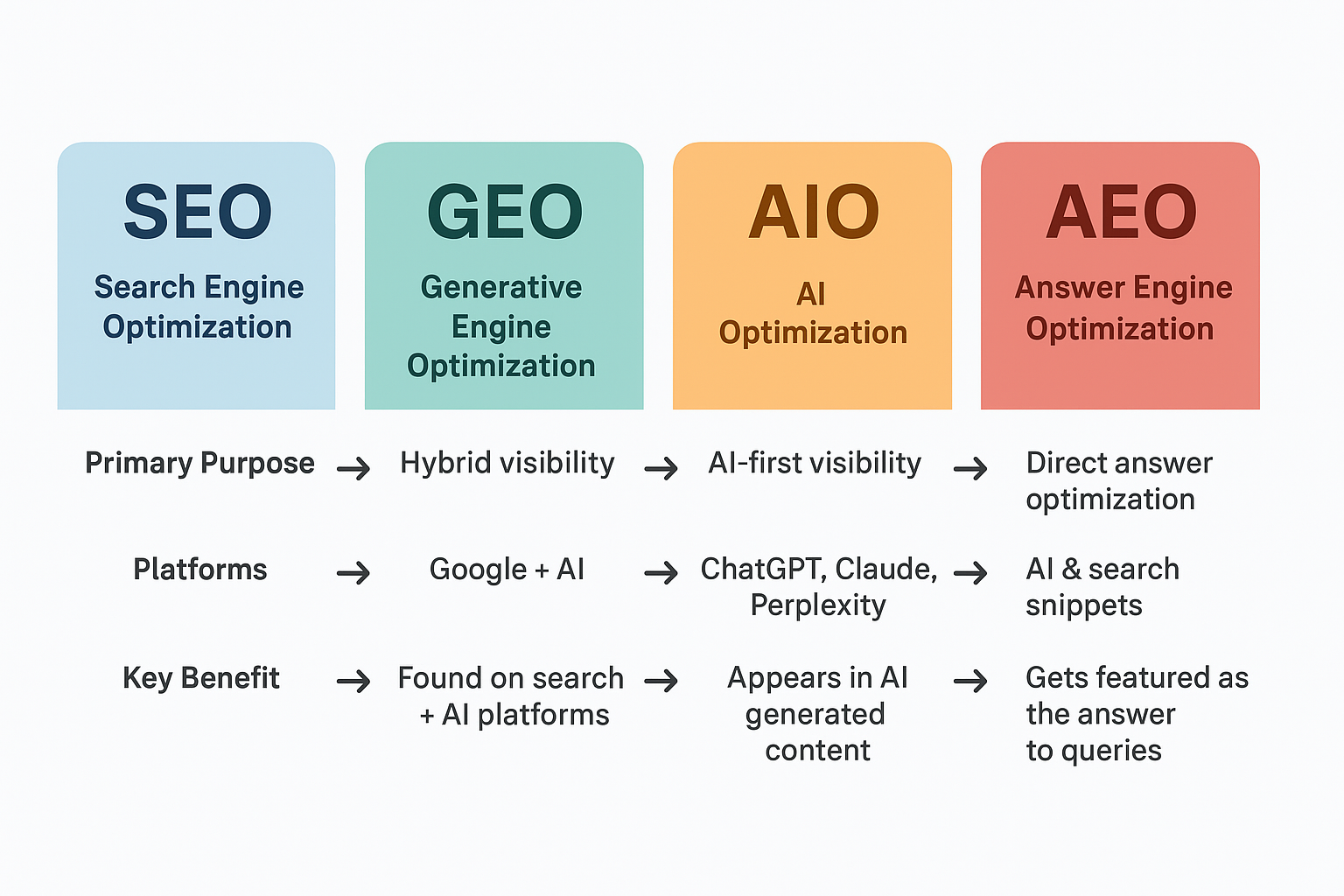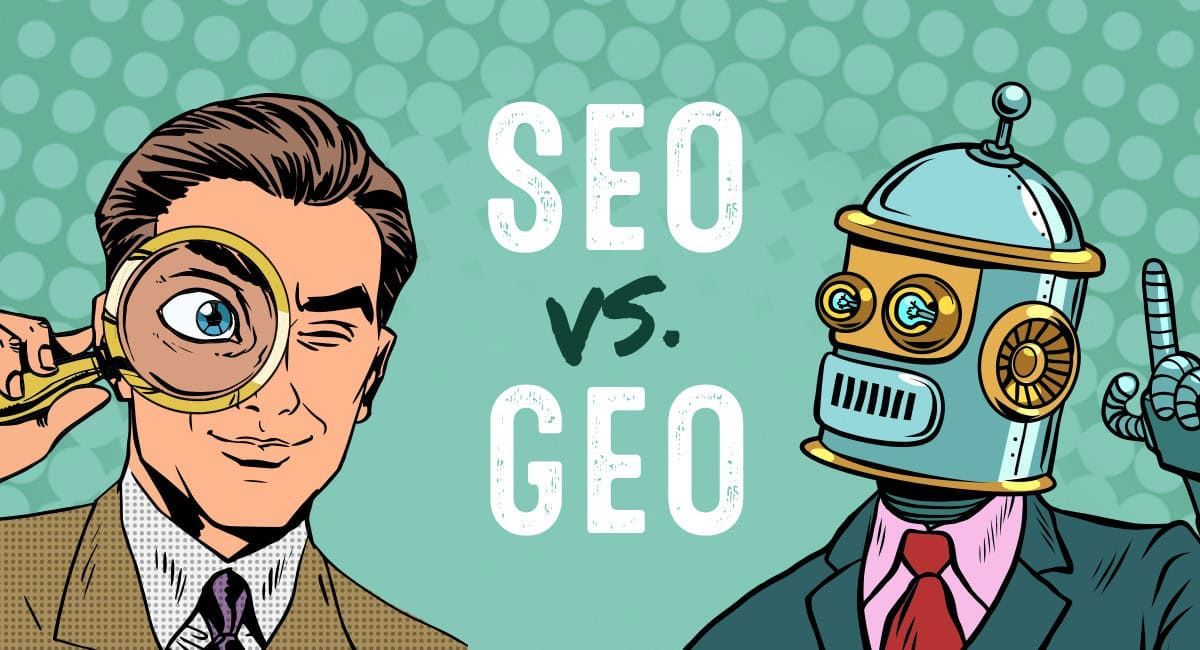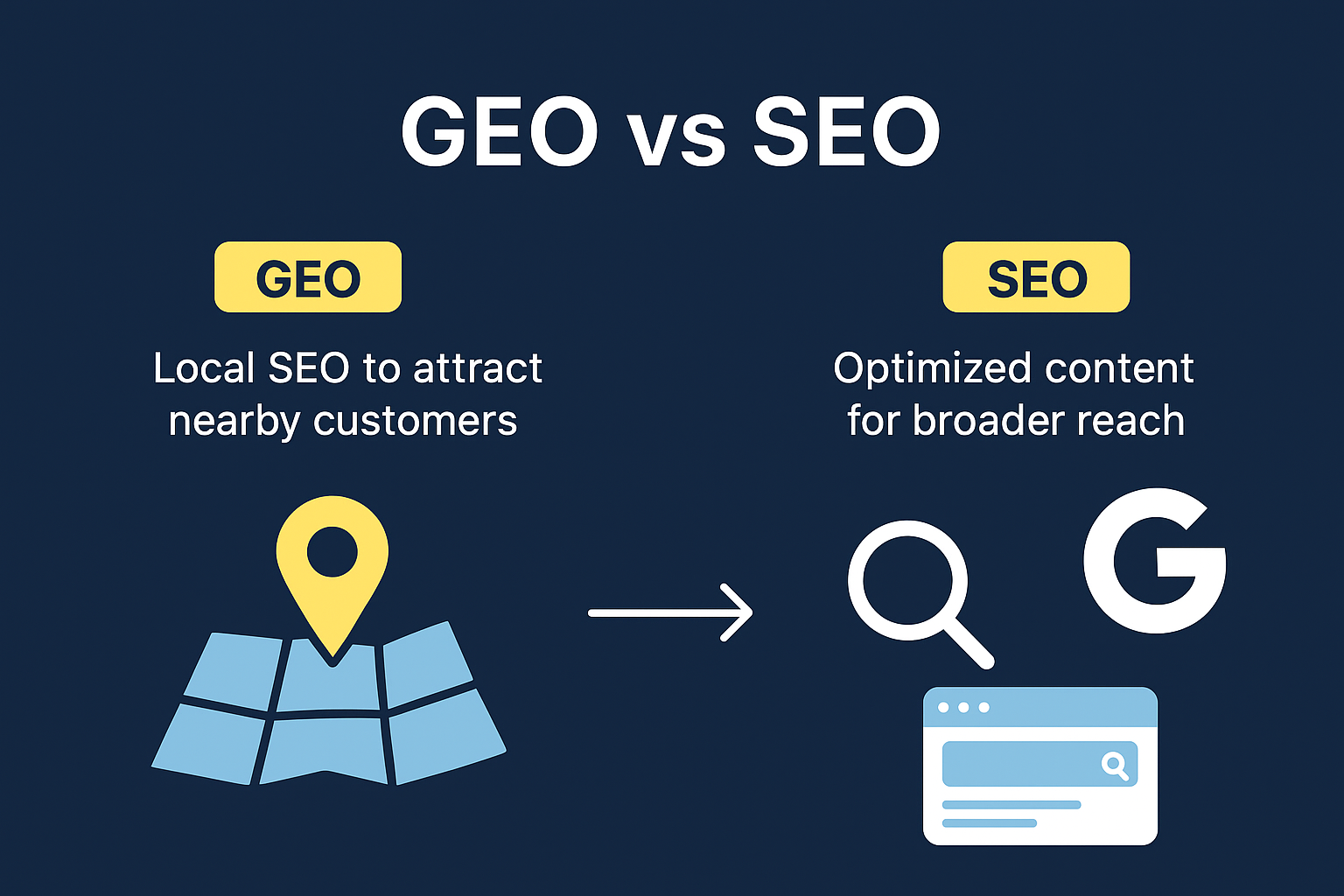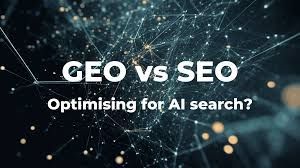10 Crucial Local SEO Google Ranking Factors You Need to Know
What Does Google Look for in Local SEO?

10 Crucial Local SEO Google Ranking Factors You Need to Know
SEO requirements keep changing, and it can be hard to keep up with the latest developments. But if you want your Google rankings to go from unseen to the top of the list, you must be in the know.
Well-optimized sites get more and more traffic over time, and that means more leads and sales. Without Local SEO, searchers will not be able to find your site, and all your hard work will be for nothing.
In this blog, we are going to answer the question “what does SEO mean” and share the essential SEO ranking factors you need to dominate search results.
By the end of this post, you will have a well-optimized site that brings you more business.
Before we get into the details of each ranking factor, let us take a quick look at the basics of how search engine rankings work.
Understanding Local SEO, or “How Do I Rank Higher on Google?”
Many people wonder how Google rankings work. So, before we get into the actual search engine ranking factors, let’s get started by answering some of the basic questions most people have about SEO.
What Is “Ranking” in SEO?
As you may know, SEO stands for search engine optimization, which simply means making the web pages more likely to get ranked on a search engine. But let’s be honest: at this point, that really just means Google.
And how exactly does that work? Let us break it down.
In SEO, ranking refers to your content’s position on the search engine results pages (SERPs). A #1 ranking means that when people search for a particular term, your web page is the first result (apart from promoted results, featured snippets, and answer boxes, which we’ll talk about later in this guide).
Appearing in the top 3 results is excellent because your click-through rates skyrocket the closer your get to #1, as shown in the image provided by Backlinko below:
Appearing on the first page at all, within the top 10 results, is also useful. That’s because 95% of people never make it past the first page.
What Does Google Look for in Local SEO?
Google’s stated purpose is to “organize the world’s information and make it universally accessible and useful.” Delivering relevant search results is a huge part of that. Here’s how they work:
First, Google’s search bots (pieces of automated software called “spiders”) crawl the web. But all that means is they visit web pages.
Second, they add correctly optimized and crawlable pages to Google’s index and catalog them.
Third, when people search Google, it shows what it thinks are the most relevant results based on the search terms they enter (out of the trillions of pages in Google’s index).
Google has various and deeply complex algorithms to decide which content gets displayed and in which order. But we will get into all that fun stuff later.
Once your page lands on the SERP, though, you have to rely on your page titles and meta descriptions to get searchers to click your link and visit your site.
How Does Google Search Engine Ranking Work?
When people want to find information, they type or say words related to what they are looking for. Those are called keywords, and we will look at those in the content optimization section of this guide.
But keeping your website ranking on Google is not just about making the most out of competitive keywords. It’s also about the quality of information.
According to Google’s own search quality ratings, when it indexes the main content of each page, it checks factors like:
· Purpose of the page
· Content quality and amount
· Website info and info about the content creator
· Website reputation and content creator reputation
· User interaction with the page (time on page, bounce rates, and so on)
For now, it’s enough to know that all the factors listed above go into Google’s algorithm and help to determine SEO ranking.
One of the goals of addressing SEO ranking factors is to let Google know when your pages on your site are relevant to particular search queries, so people will click the links and visit your site.
Before getting into two different types of SEO, let’s explore the concept of expertise, authority, and trustworthiness in greater detail.
Websites that could lead to potentially life-altering results fall under the umbrella “your money or your life” (YMYL). Think about medical sites, financial planning sites, or anything that could change the status of someone’s happiness, health, and wealth.
What is On-Page SEO and Off-Page SEO?
Two terms you’ll hear mentioned a lot when talking about SEO ranking factors are on-page SEO and off-page SEO.
On-page SEO refers to factors on your own website that you can optimize, such as the underlying code and the content.
Off-page SEO refers to actions taken outside of your site to affect your site’s trustworthiness and authority by building the right inbound links and social signals.
Both types are included in the top SEO ranking factors. Before we hit our top 10 ranking factors, though, let’s make sure we’re all on the same page about monitoring and tracking ranking.
How to Monitor Google Search Engine Rankings
Before you can improve your SEO ranking, you’ll need to know your starting point.
There are a couple of ways to find this. First, you could search Google using the terms you think your customers will be using. Use an incognito or private window in your browser, so the results are not skewed by Google’s personalization. See where your content appears.
Top 10 Current Ranking Factors for Google
1. A Secure and Accessible Website
Unsurprisingly, the first of our SEO ranking factors has to do with having the right kind of URL. Specifically, that’s a URL that Google’s bots can easily reach and crawl.
In other words, Google has to be able to visit the URL and look at the page content to understand what that page is about. To help the bots out, you’ll need:
· A website created with a well coded responsive website platform.
· A robots.txt file that tells Google where it can and can’t look for your site information
· A sitemap that lists all your pages
If you’re running a WordPress site, you can set up a sitemap via Yoast SEO. If not, then you can use an online sitemap generator.
HTTPS isn’t a factor in deciding whether or not to index a page, but Google’s own John Mueller has tweeted that it’s a “light-weight ranking factor” and that “having HTTPS is great for users.”
If you haven’t yet enabled SSL security on your website, get to it.
2. Page Speed (Including Mobile Page Speed)
Page speed has been cited as one of the leading SEO ranking factors for years. Google wants to improve users’ experience of the web, and fast-loading web pages will do that.
Google announced a search engine algorithm update focused on mobile page speed that started to affect sites from July 2018. If your site doesn’t load fast on mobile devices, then it could be penalized.
Use Google’s mobile testing tool to see how your site stacks up.
And, if you’re using WordPress, check out these tips for speeding up a WordPress site from WPBeginner.
But the best idea is to start using Google Search Console (if you’re not already). This has an entire section dedicated to updating you on your site’s performance, including speed.
For a more in-depth overview, check out this guide on how to use Google Search Console to improve your SEO.
3. Mobile Friendliness
While we’re on the subject of mobile, mobile - friendliness is another major SEO ranking factor. More people use mobile devices than desktops to access the web, and that’s one reason there’ve been changes in how Google ranks search results.
Google’s mobile-first index is now a reality, which means it’s drawing its results from mobile-optimized sites first, rather than sites geared to desktop computers. If your site isn’t mobile-optimized, you risk getting needlessly under-ranked.
Many of the SEO ranking factors we’ll look at in this article will help you lay the foundation for a good search engine ranking, but you also have to look after user experience when people land on your site.
Things to look at include whether you:
· Have a responsive site that automatically resizes to fit the device
· Use large fonts for easy readability on a small screen
· Include accessible menus, so your site is easy to navigate
· Ensure that essential content isn’t hidden by ads
Get more tips on mobile-friendly design to improve Google search ranking in our guide to improving your mobile conversion rate.
If you have the team, the time, and the energy, you may want to explore Google AMP (accelerated mobile pages). The upside is that your pages load nearly instantly from mobile devices. There have also been rumors that Google ranks sites built with AMP more highly than others.
The downside is that you need to make another version of your site following AMP’s guidelines. Then, you need to maintain everything. As you can imagine, this can be a time-intensive project.
But whether you decide to try Google AMP or not, you still need to be sure that your site is 100% optimized for mobile devices.
4. Domain Age, URL, and Authority
Did you know that nearly 60% of the sites that have a top ten Google search ranking are three years old or more? Data from an Ahrefs study of two million pages suggests that very few sites less than a year old achieve that ranking.
So if you’ve had your site for a while and have optimized it using the tips in this article, that’s already an advantage.
In some cases, the domain name matters. Though Google has penalized exact-match domains (those where the target keyword is in the URL), that penalty is generally for spammy sites with thin content.
Research from Moz shows that exact-match domains that are deemed to be relevant, valuable, and high-quality can see a ranking boost because of it. However, if you already have an established website, you do not need to go looking for an exact-match domain for your business.
The best route for choosing your domain? Focus on a URL that reflects your business and optimize the heck out of it instead!
When it comes to search engine ranking factors, authority matters. As you’ll see, that’s usually a combination of great content (see the next tip) and off-page SEO signals like inbound links and social shares. And thanks to E-A-T, it can also include the authority of the content’s creator.
Moz has codified this into page authority and domain authority scores, both ranked from 0 to 100, which tell you how likely a particular page or domain is to rank in search results.
5. Optimized Content
We’ve talked a lot about content in this guide to Google SEO ranking factors. That’s because it’s one of the most important search ranking factors (right up there with user experience, links, and RankBrain, which we’ll get to in a while).
Now let’s dig down and see what optimizing content for SEO really means.
As we said in our keyword research guide, Google’s search algorithm relies on keywords. These are the words and phrases searchers use when they’re looking for information. They’re also the words and phrases that describe the topics your site is about.
Ideally, those will match up. That’s why it’s so important to use keywords in your content.
One negative SEO ranking factor to be aware of is duplicate content. For SEO, fresh, original content is always best. And if you do have content that’s similar, tell Google which one should be ranked as most authoritative by using canonical URLs.
But one of the biggest questions we get at Mobile OPZ is about how to use LSI keywords to optimize content. So let’s start there.
Understanding LSI Keywords and Keyword SEO Ranking
SEO isn’t just about the main keyword. It’s also important to include terms related to the main terms people are searching for. These are called LSI (latent semantic indexing) keywords. They provide a kind of online word association to help Google know which results to show.
For example, using the right LSI keywords will tell Google that when searchers type in “mini,” your page is relevant to the car, rather than the skirt, and vice versa.
It’s worth noting that as more people search by voice, content optimization includes optimizing for questions and natural language searches. That means some LSI keywords will be longer because people tend to speak differently than they type.
Think about it: Let’s say you own a restaurant. And half of your customers type the phrase “best restaurant near me.” But then people also search for “what’s the best restaurant in Montreal” when searching by voice.
Even though both questions are targeting the same thing, Google’s result may show up differently. Using LSI keywords would be one way of making sure your restaurant ranks for both sets of questions. The more help you can give to Google understanding your content, the more likely you are to rank in your niche.
Here’s an important point, though: keyword stuffing is outlawed because it will result in poor quality web pages and will hurt your SEO ranking.
So make sure that once you’ve targeted your keyword, you’re only including it (and your LSI keywords) in a way that is organic and sounds natural.
Understanding Search Intent for Content Optimization
Search intent is also important when optimizing content. That means understanding what people are really looking for when they type in search keywords.
For example, let’s say you’ve identified “Florida real estate” as a keyword you want to rank for. You might think that writing content for people looking for real estate in Florida is a good idea. But if the people searching for that term also include realtors looking to sell in Florida, then your content won’t meet their needs, and your page won’t rank.
Through a series of low click-through rates and high bounce rates (which we’ll discuss more in a moment), Google will pick up on the fact that your content isn’t matching their user’s search intent.
Sometimes, it’s clear what people are looking for. For example, if they use the word “compare,” they’re likely trying to decide between buying a product. And if they use the word “buy,” then they’re looking to make a purchase.
The keywords they use will change depending on whether they want to:
· Find a particular website (navigational)
· Get the answer to a question (informational)
· Research information before making a purchase (investigational)
· Make a purchase (transactional)
Well-optimized business sites will include content for each of those search types.
So how do you go about making sure your keyword matches user intent? Go straight to the source!
Open a Google search in your in-private browser and type in your keyword. See which results are currently ranking and determine whether or not your content would be a good fit. If not, you need to restart your keyword research. If so, take this opportunity to see why certain pages are ranking.
You can do a competitive analysis of the top 10 results in the SERP to see how you can make your content even better! Then you can fully optimize your content by making it an improvement over the current search results.
Still a bit confused? Learn more about keyword ranking, LSI keywords, and keyword intent here.
Is Content Length an SEO Ranking Factor?
In a word, yes. Google wants content to be quality and have some length to it. While writing more words just to stretch out the length is never advisable, if a subject calls for depth, give it depth.
The research suggests that content over 2000 words gets more top ten positions in Google search engine rankings.
This isn’t a rule set in stone, and there are certainly some exceptions. But as a general rule of thumb, your content should be around the 2k word mark or more if you really want to be competitive on the SERP.
Longer content attracts more links and shares too, which are 2 other important ranking signals we’ll cover shortly.
Since people get the answer to their question directly, they may have no reason to continue to the content. That means you may have 100,000 people see your slot in the answer box, but only 10,000 actually click through to the article.
But let’s be honest: getting that zero position rocks because it means Google thinks highly of your content (which is always flattering), you’ll get way more brand recognition, and you’ll also end up with more traffic than you would have.
Plus, if you don’t get that spot, someone else will.
Using Video to Improve SEO Ranking
According to Cisco, video content will represent a whopping 80% of online traffic by 2021.
Our roundup of video marketing stats shows that:
· People are watching video across all age groups
· Some 79% of people would rather watch a video than read a blog post
· People are using video to help them make purchase decisions (remember those transactional searches?)
The bottom line? Start to include video in your content strategy. Video gets read, shared and linked to, providing plenty of signals to amplify your search ranking.
6. Technical SEO
We said earlier that getting the code right is one aspect of optimizing content for better search engine rankings. This can be intimidating, especially if you’re more of a wordsmith and less of a “techie.”
Here are some of the aspects you can control even if you’re not a coder:
· Add keyword phrases in page titles, which is where Google first looks to determine which content is relevant to which search
· Use header tags to show content hierarchy starting with your title at h1 and then use h2 or h3 for subheads
· Create a meta description that both entices readers and includes your keyword phrase
· Keep those meta descriptions short and catchy at around 160 characters
· Use keyword phrases in image alt tags to show how those images are relevant to the main content
· Include alt tags also help people who are visually impaired enjoy your site with screenreaders
· Use schema markup to tell Google what kind of content you’re producing
7. User Experience (RankBrain)
For a while now, Google’s been using artificial intelligence to better rank web pages. It calls that signal RankBrain. This includes other signals that affect your search engine ranking. These include:
· Click-through rate: the percentage of people who click to visit your site after an entry comes up in search results
· Bounce rate (especially pogo-sticking): the number of people who click on your page and quickly go back to the search results
· Dwell time: how long visitors stay on your site after they’ve arrived
If people land on your site, don’t like it, and bounce away, then Google will think it’s not relevant to their needs. If enough people do this, then you might find it more difficult for your site to rank higher in search results.
This is probably a good indicator that your content isn’t matching the searcher’s intent. You may need to go back and target a more effective keyword.
In contrast, if people click through to your web page and stick around for a while, that tells Google your content is relevant to their search.
So when you optimize titles, descriptions, and content to get the clicks and deliver value on the other end, you can boost your search engine ranking.
8. Back Links
As we said at the start, the web is built on links. So, naturally, links are a crucial SEO ranking signal. There are three kinds of links to think about:
· Inbound links
· Outbound links
· Internal links
All three are typically tied to a descriptive anchor text.
Inbound Links
Google uses inbound links as one way to help determine how authoritative and relevant your content is.
The best-case scenario is where an authoritative site includes a relevant link to yours in a piece of their content. So, if the Content Marketing Institute includes a link to your content marketing resource, that’ll be perceived better than if a random person with a low-quality site links to it.
You’ve likely heard inbound links referred to as “backlinks.” Your goal is to get as many highly authoritative sites to link back to you. That also means you want to have very few inbound links from low-quality domains.
You can find your inbound links using a tool like SEMrush or free UBERSuggest
Outbound Links
At the same time, you want to show that you’re creating quality content for your visitors. That involves using outbound links by linking to relevant, authoritative sites in your niche.
So does that mean you should just give out tons of outbound links to boost your authority? Absolutely not.
All it means is that as you’re doing research, you should only pull from reliable sources with high domain authority. To be honest, for your users’ sake, you should probably be doing this anyway to ensure you provide the most value.
Internal Links
Finally, linking to your own content can help tie pages together for both Google and your visitors, making each page more valuable. If you have an authoritative page and link to another page on your site, that helps your visitors find the other page and also passes on some authority.
This helps that second page boost its search engine ranking.
As you create new content, be sure to build a solid web of internal links so your pages can support one another. Also, don’t forget what we said at the start of this section:
All three types of links are tied to descriptive anchor text. When you add a link to a piece of text in your content, that text should describe where the link is headed!
9. Social Signals
When people share your content on social networks, that’s another sign that it’s valuable. Cognitive SEO’s study of 23 million shares found a definitive link between social shares and search engine ranking.
Google’s official word is that social shares are not a direct ranking factor. Links from Twitter or Facebook are not counted the same as links from other authoritative websites.
Still, there is no denying that the highest-ranking pages in Google search results usually have a lot of shares. Though this is probably due to a few related factors:
· More social shares generate more traffic to the page itself
· More shares also make your content more likely to build backlinks
Because of that, getting more social shares does help your search engine rankings, if only indirectly.
Not only do you need to have a social media presence yourself, but you need to make it easy to share your content and amplify those social signals. We have some great tips for doing this in our guest blogging guide.
10. Real Business Information
This last tip is important for businesses targeting particular local areas. The presence or absence of business information is one of the most crucial local SEO ranking factors.
So it’s important to look after areas like:
· NAP (name, address, phone number)
· Business listings on Google My Business and Facebook
· Reviews on both those sites and relevant directories like Yelp and others
· The right local search terms
Contact Mobile OPZ for all your Website Design & SEO needs!
